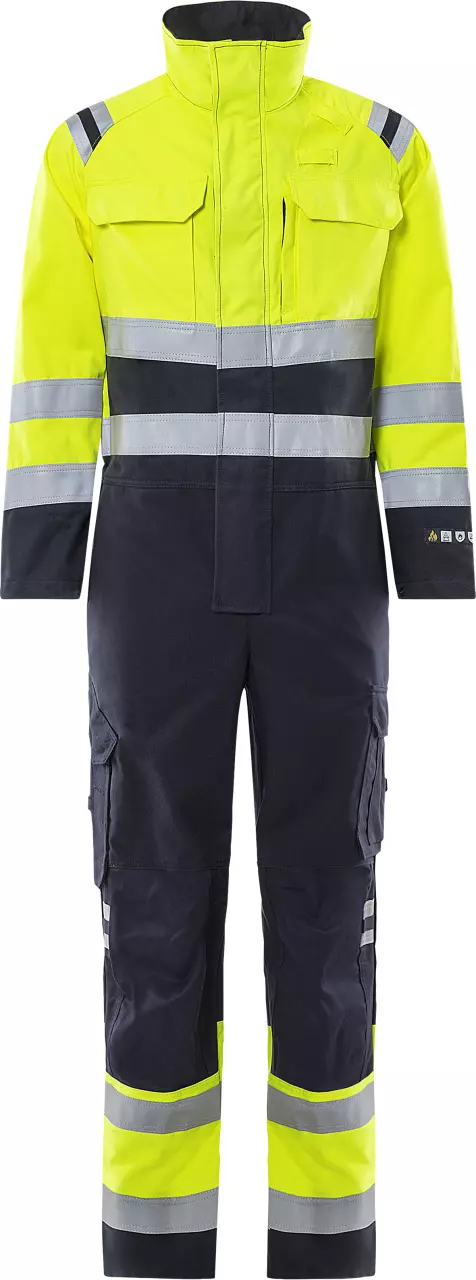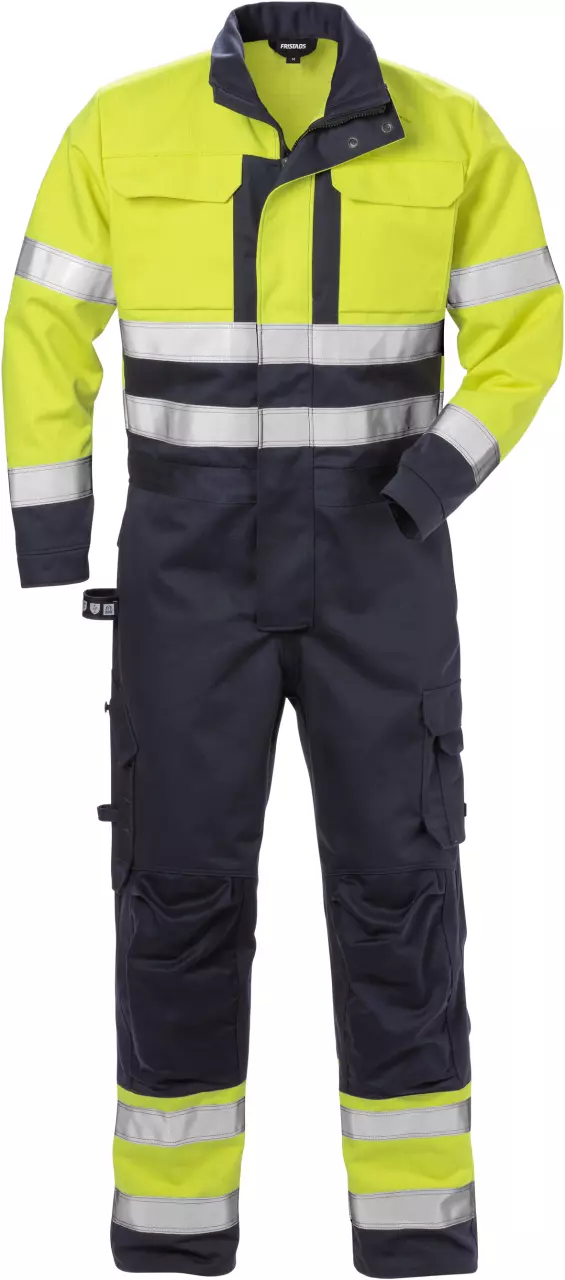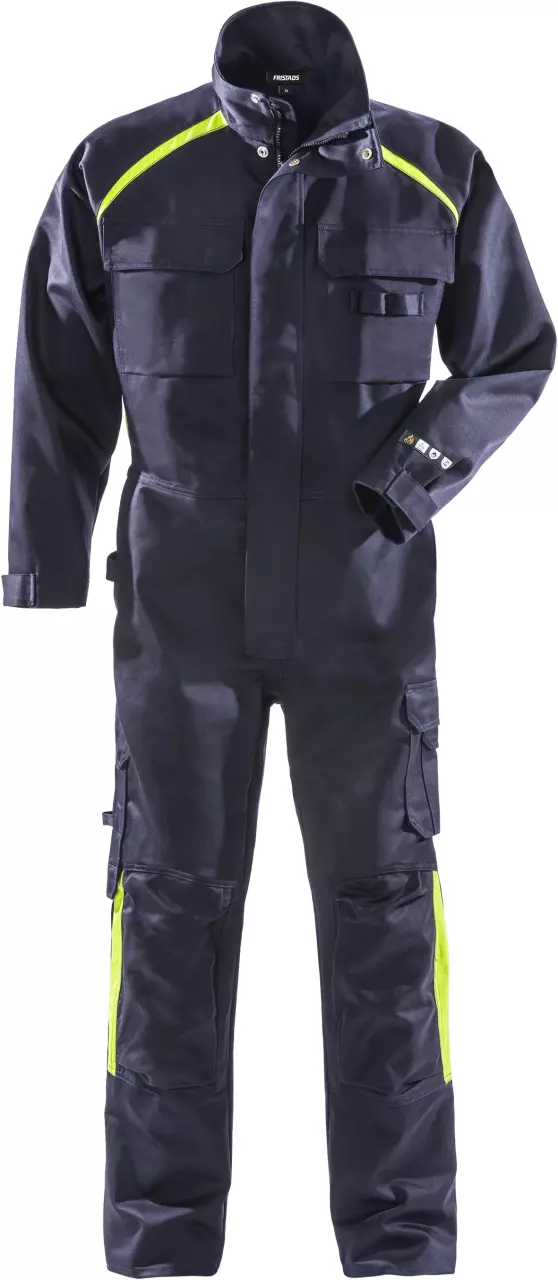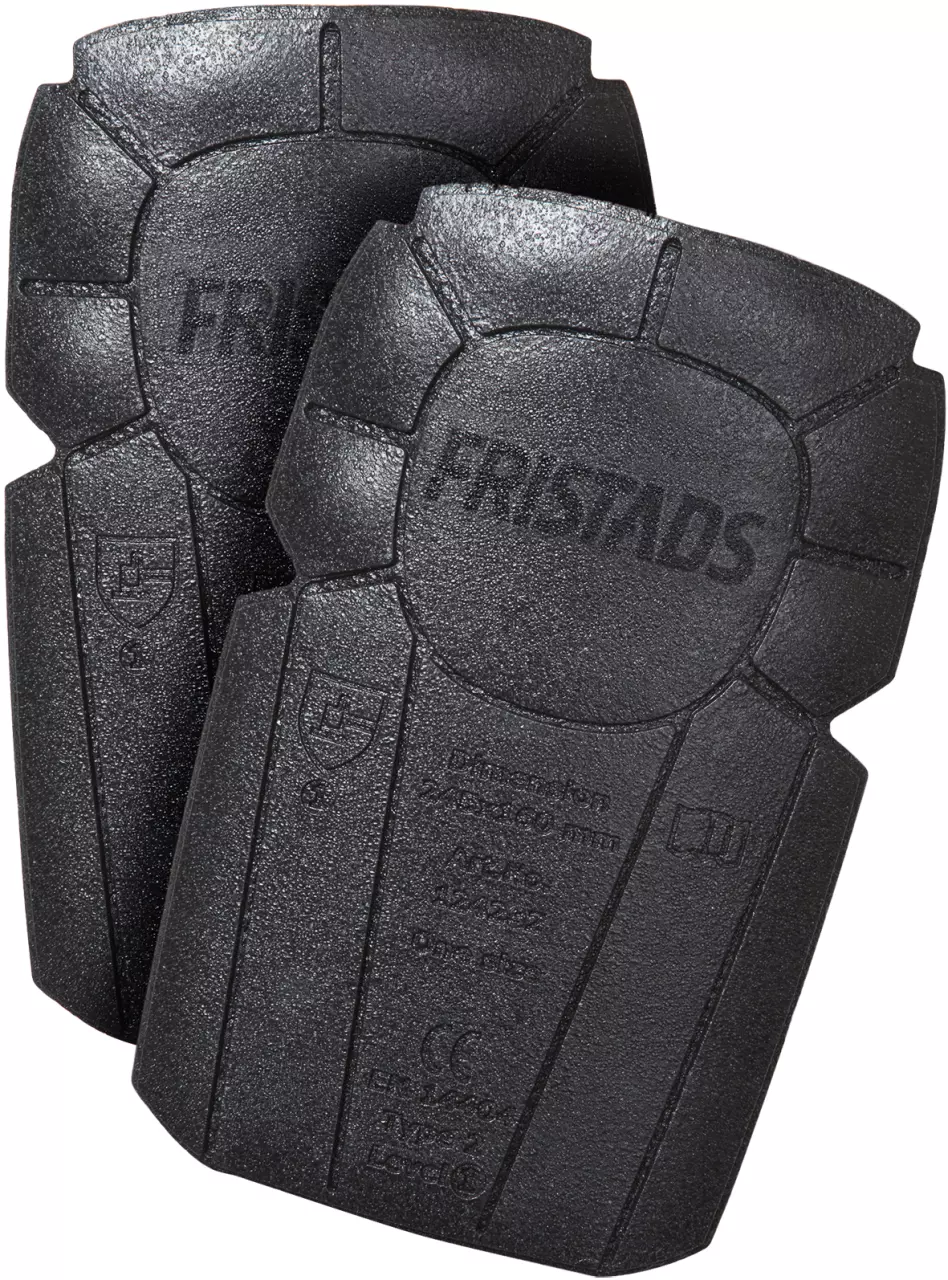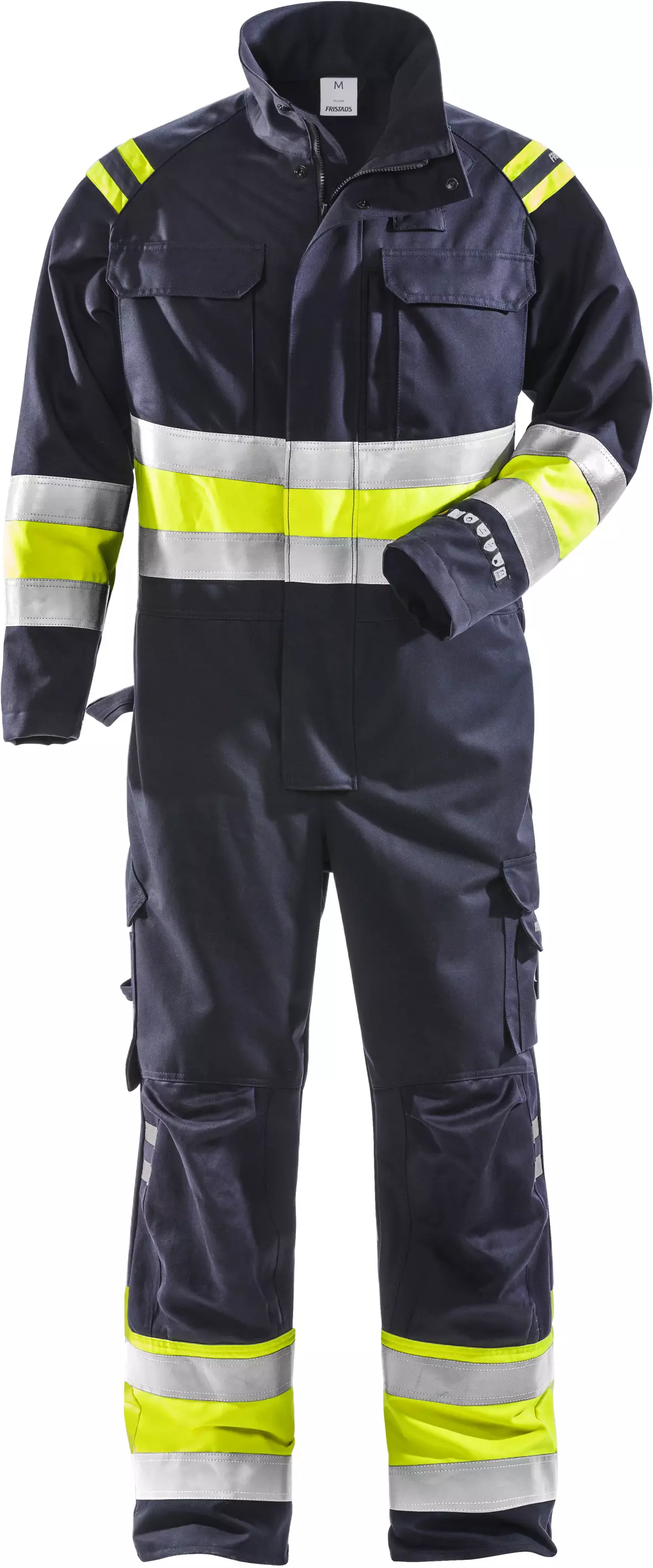
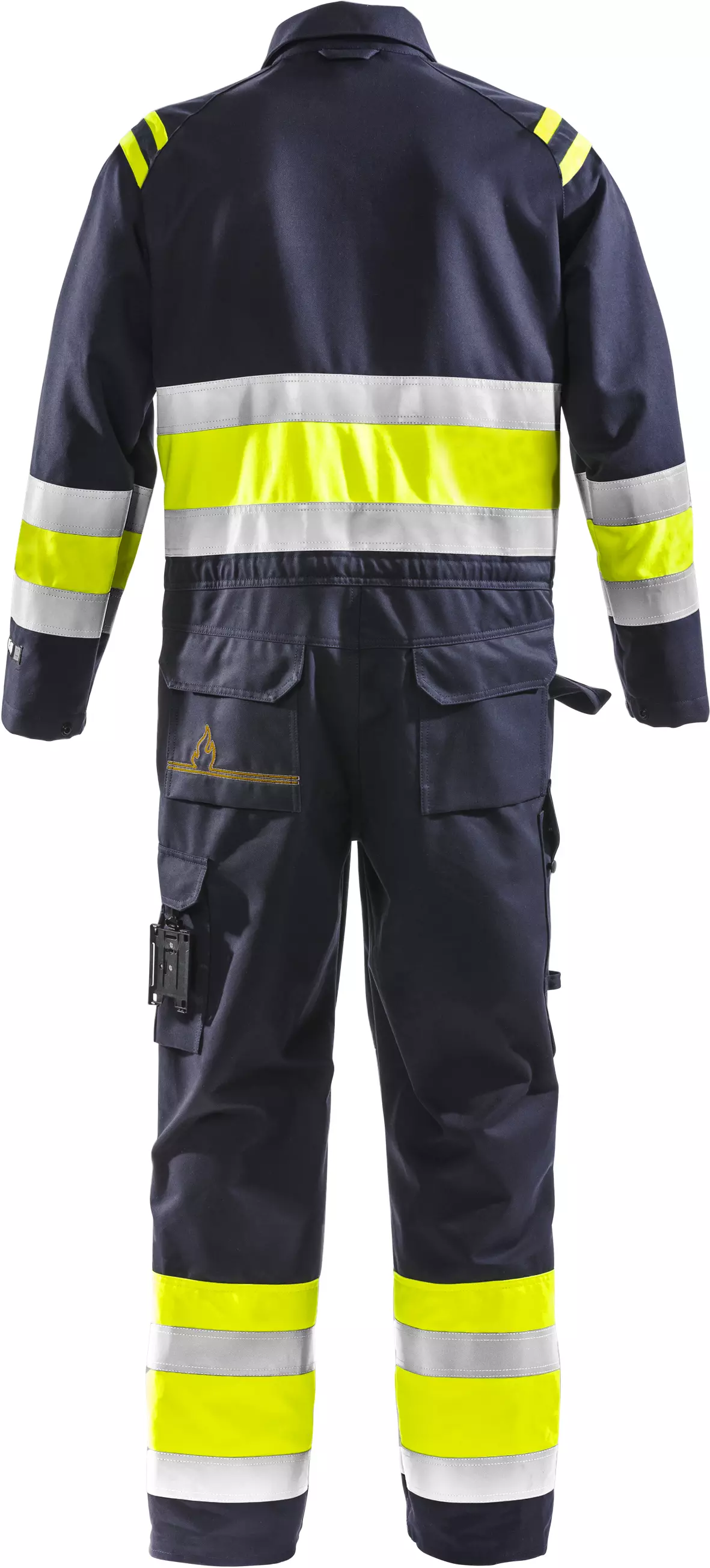
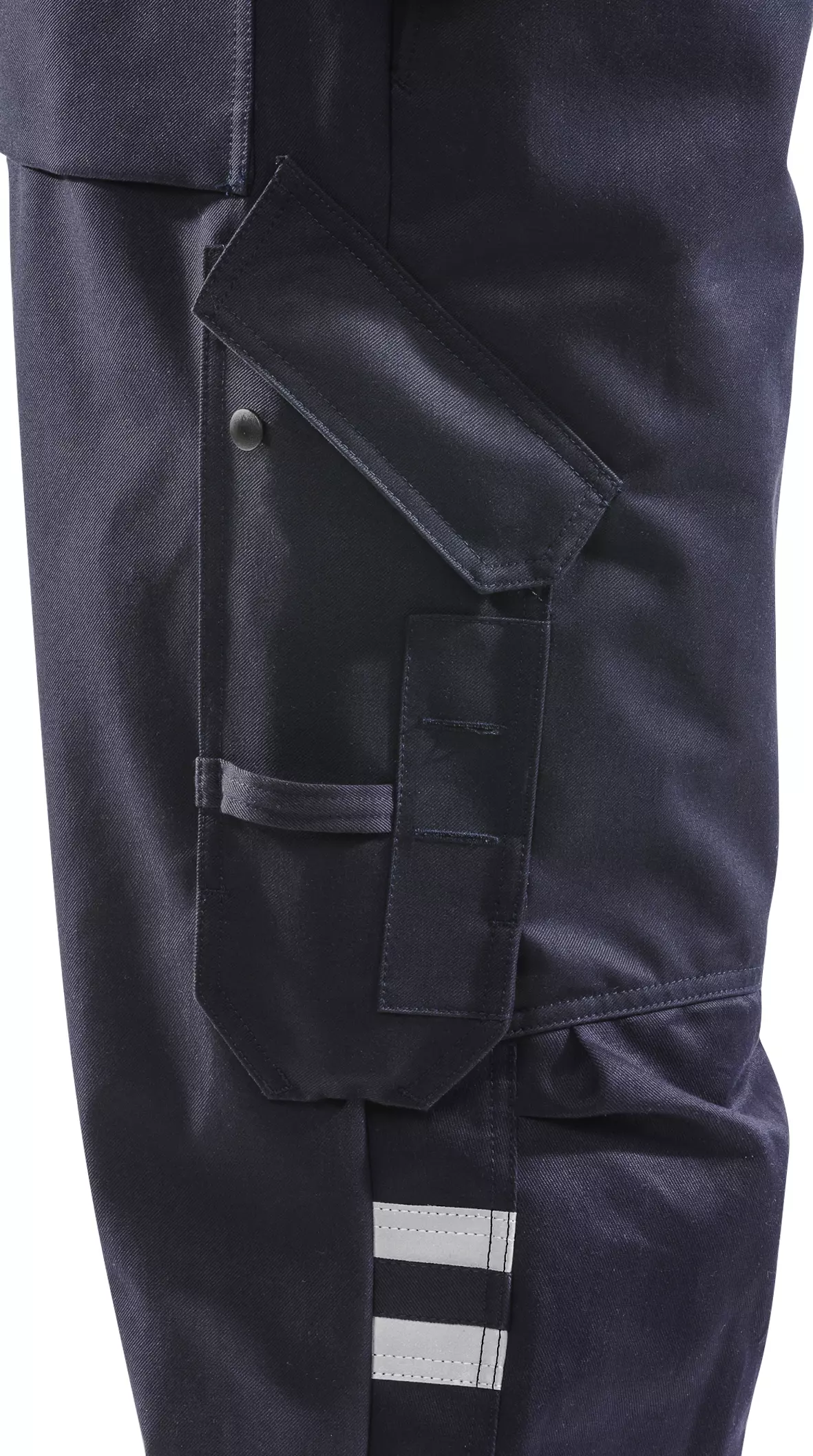
Features You'll Love
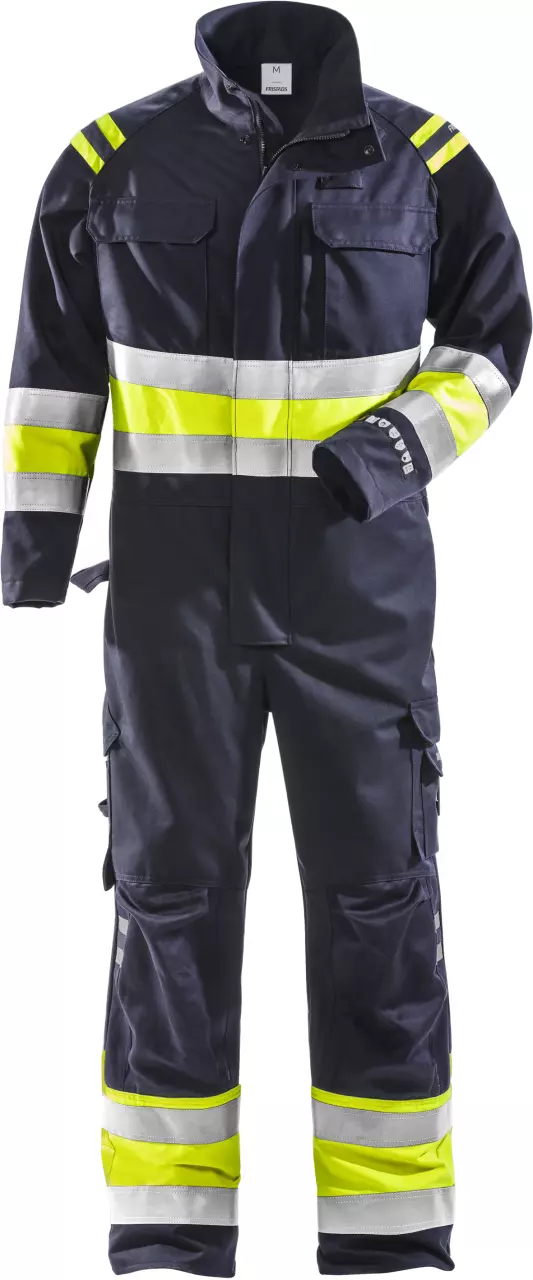
EN ISO 20471 · Reflective Strip Area Grade 1
Provides the lowest level of visibility for low-risk situations. It is intended for use in off-road areas or where traffic speeds are below 30 km/h, such as in parking lots or warehouses.
Fristads
Flamestat High Vis Coverall Class 1 8174 ATHS
Flamestat High Vis Coverall Class 1 8174 ATHS
4.9 / 5
417,80 €
Choose size
Out of stock
Free delivery
Features You'll Love

EN ISO 20471 · Reflective Strip Area Grade 1
Provides the lowest level of visibility for low-risk situations. It is intended for use in off-road areas or where traffic speeds are below 30 km/h, such as in parking lots or warehouses.
Product description
This multinorm coverall provides comprehensive protection for demanding work environments with flame protection, high-visibility and anti-static properties. The dirt, oil and water repellent design combines practical functionality with CORDURA® reinforced knee areas and numerous pockets for optimal work efficiency. With certification after 50 washes and industrial laundry testing according to ISO 15797, the coverall ensures long-lasting protective performance.\n\nProduct Features:\n- Dirt, oil and water repellent\n- CORDURA® reinforced knee pocket with inner opening\n- Height adjustment for knee pads in knee pocket\n- Adjustable waistband and sleeve cuffs\n- Extensive pocket equipment with 2 bellows pockets, chest pocket, front pockets, hammer loop and leg pocket\n\nTechnical Details:\n- Material weight: 300 g/m²\n- Body zone: Full body\n- Product categorization: Coverall\n- Marketing categorization: Multinorm\n- OEKO-TEX® certified\n\nStandards:\n- EN 61482-1-2 APC 1, EN 61482-1-1 ELIM: 9 cal/cm²\n- EN ISO 11612 A1 A2 B1 C1 E2 F1\n- EN ISO 11611 A1 A2 Class 1\n- EN 1149-5, EN 13034 Type PB [6]\n- EN 14404 together with knee pads 124292\n- EN ISO 20471 Class 1\n- Certified after 50 washes\n- industrial laundry tested according to ISO 15797
